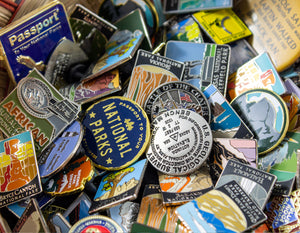
New York's African Burial Ground
SKU 265031
Original price
$7.99
-
Original price
$7.99
Original price
$7.99
$7.99
$7.99
-
$7.99
Current price
$7.99
By the end of the 18th century, over 15,000 enslaved African men, women, and children had arrived, labored, and died in what is now known as New York City.
The African Burial Ground was a forgotten memory—the only evidence of its existence a blip on historical maps. However, in 1991, the construction of a new federal building in Lower Manhattan would exhume this memory, and past African lives lived and lost, to the literal surface. Crews unearthed a massive 6.6-acre cemetery, or five city blocks, which silently housed the skeletal remains of these African New Yorkers for centuries.
Initial shock transitioned to wonder, as it soon became clear how much these individuals contributed to early New York. In New York’s African Burial Ground, Goodson explains how, even though this incredible rediscovery is one of the greatest archeology finds of present day, it grimly paints a people’s painful history of forced migration, forced labor, and early death.
Product Details
The African Burial Ground was a forgotten memory—the only evidence of its existence a blip on historical maps. However, in 1991, the construction of a new federal building in Lower Manhattan would exhume this memory, and past African lives lived and lost, to the literal surface. Crews unearthed a massive 6.6-acre cemetery, or five city blocks, which silently housed the skeletal remains of these African New Yorkers for centuries.
Initial shock transitioned to wonder, as it soon became clear how much these individuals contributed to early New York. In New York’s African Burial Ground, Goodson explains how, even though this incredible rediscovery is one of the greatest archeology finds of present day, it grimly paints a people’s painful history of forced migration, forced labor, and early death.
Product Details
- Historical nonfiction
- 32 pages, approx. 6"x 9", soft cover, full color
- Text by Dr. Martia G. Goodson
- Printed in USA, published by Eastern National




